Sabudana Khichdi is a popular Indian dish or comfort food prepared using sago or tapioca pearls, potatoes, crunchy and roasted nuts, lemon juice, and spices. This sabudana khichdi is fluffy and chewy, the best recipe to make for fasting and vrat.
Sabudana Khichdi is also categorized as one of the traditional Indian breakfast recipes, along with thepla, idli, upma, poha, and dosa.
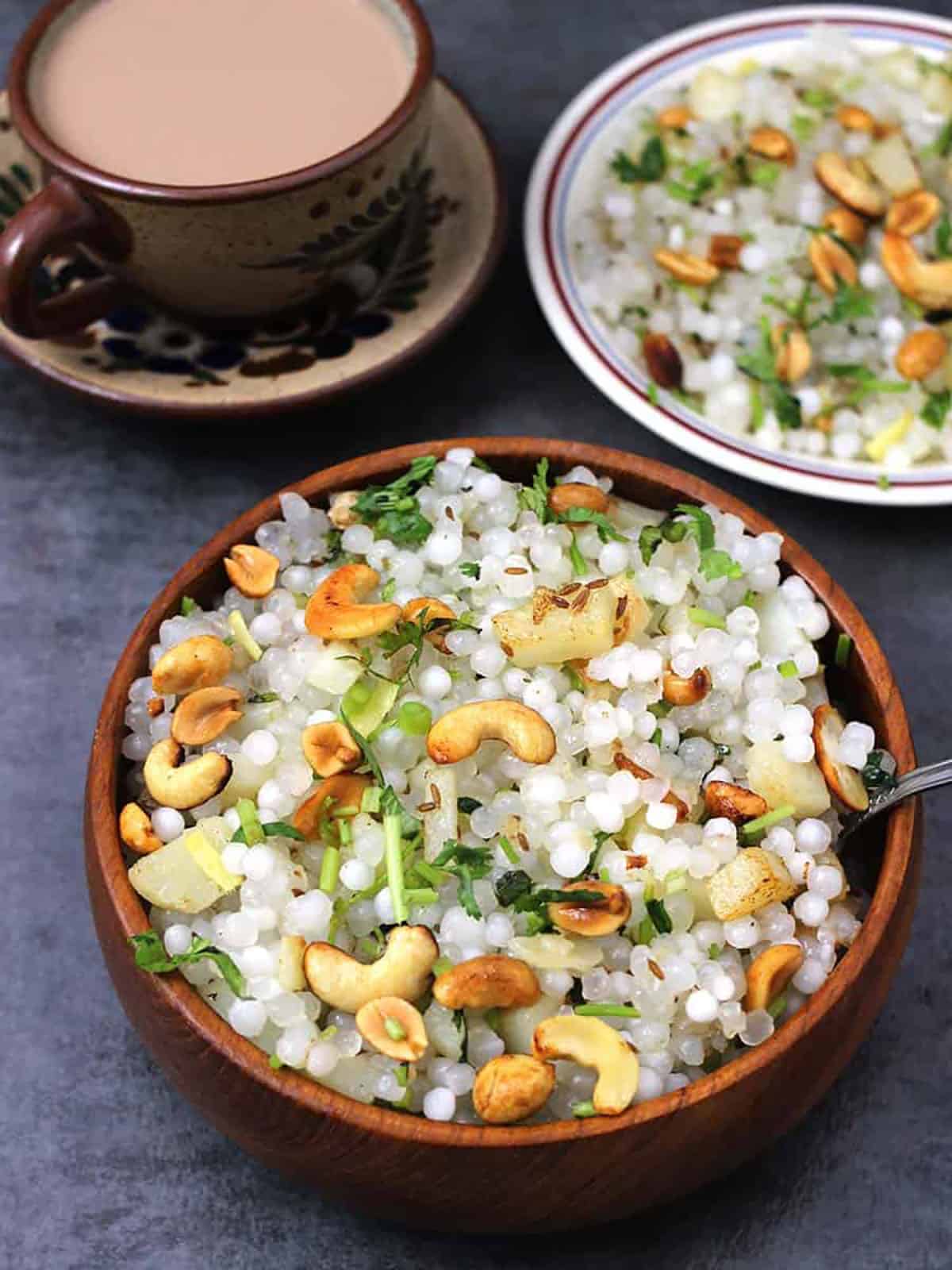
Sabudana Khichdi - Traditional vrat, fasting recipe.
Sabudana Khichdi is also one of the most popular fasting or vrat recipes prepared during the Navratri season. Sabudana Khichdi is also known as sabudana upma, sago pilaf or pulao or pulav, aloo or potato khichdi, sabudana usal, or saggubiyyam upma.
I cannot believe that this post has been in my draft for such a long time, even though I prepare sabudana khichdi frequently, especially during fasting and vrat (Sai Guruvar, Sankashti, Ekadashi). With other personal commitments and mommy duties - especially managing my two monsters- I could not post this recipe.
In this post, I will share all tips and tricks that I have learned all these years to make perfect non-sticky sabudana khichdi or aloo (potato) khichdi or sago recipe every single time. I like to serve Sabudana Khichdi for breakfast, as an evening snack, or for vegetarian lunch or dinner on fasting (upvas) or vrat days.
Check out 9 days of Navaratri recipes and Indian fasting and upvas, vrat recipe.
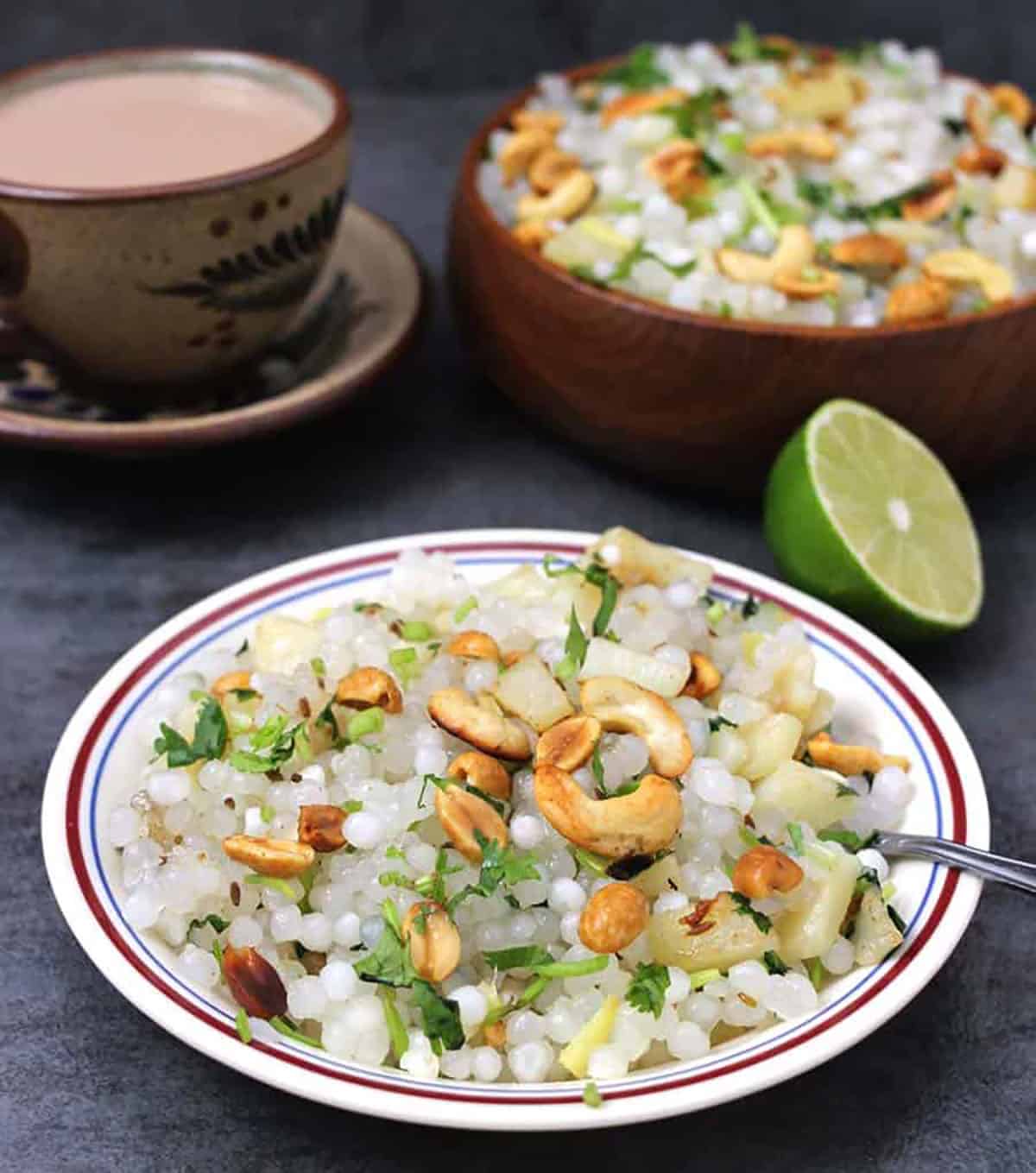
Ingredients and variations
- If preparing khichdi on a fasting day, I limit my ingredients to potatoes, cumin seeds, curry leaves, peanuts or cashew nuts, green chilies, ginger, lemon juice, and rock salt (i.e., sendha namak).
- If preparing for breakfast or snack on other days, I love to add sautéed onion and garlic.
- Add copra or freshly grated coconut to give it a South Indian touch.
- To make it an authentic Maharashtrian-style khichdi, you can dry roast peanuts, grind them to a coarse powder, and add them with sabudana.
- If you are allergic to nuts, skip peanuts (groundnuts) and cashew nuts.
- You can also add veggies to make it a colorful dish for lunch or dinner.
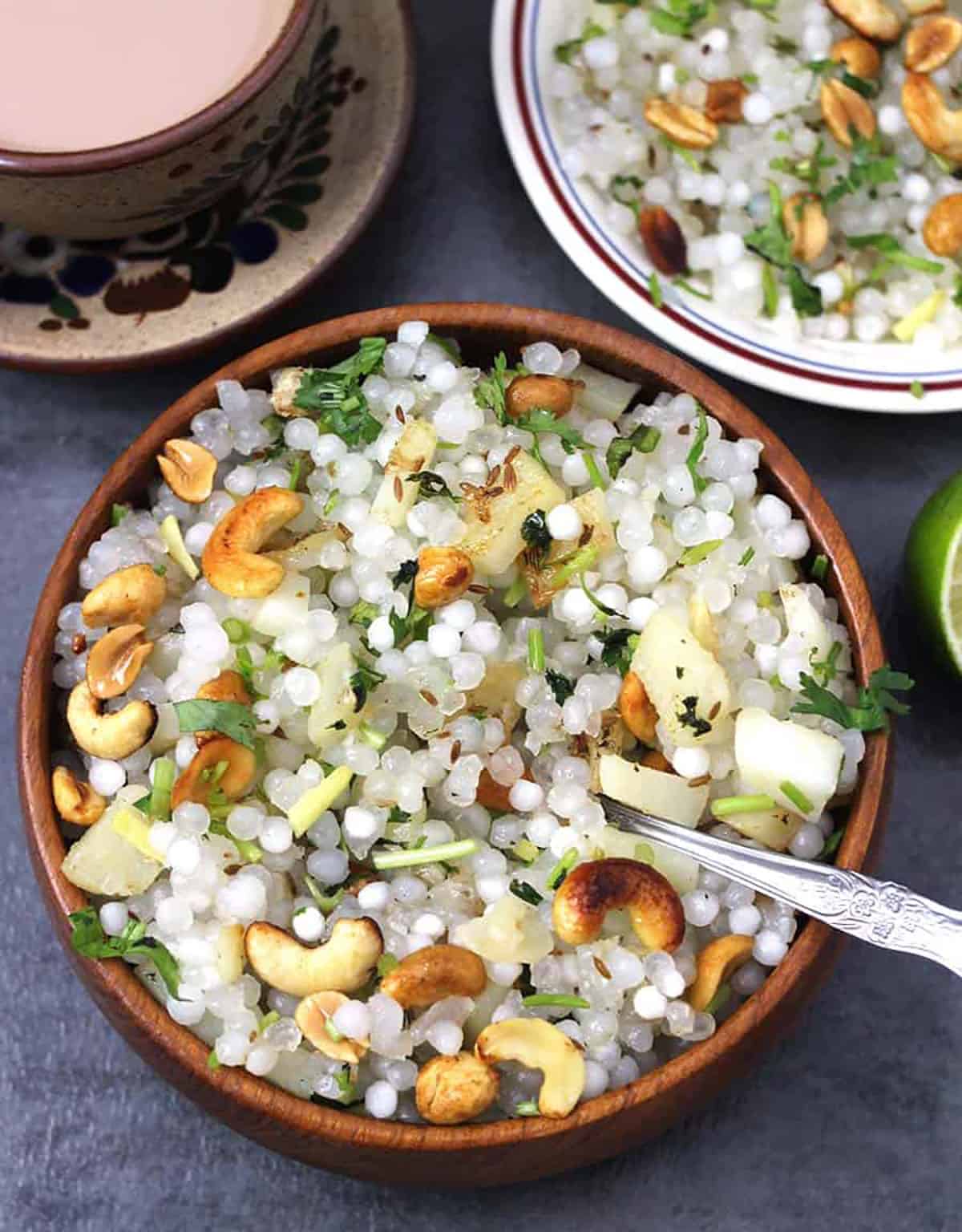
How to make perfect, non-sticky, fluffy sabudana khichdi?
- A crucial step is placing sabudana or sago in a colander. Wash with cold tap water till the water runs clear. This is mainly done to remove all the starch, which prevents it from sticking.
- Soak the sabudana in water, preferably overnight. Do not add too much water while soaking; it will make your dish mushy or clumpy.
- The water to sabudana ratio is very important. Use a 1:1 ratio of sabudana and water for soaking. For eyeball measurement, ensure the water is just ¼ to ½ inch more than the sabudana level in a regular bowl.
- After soaking overnight and doing smash text, drain off excess water using the colander. While doing the smash test on the sabudana, if you still feel it's hard on the inside, add another cup of water and let it continue to soak for some more time.
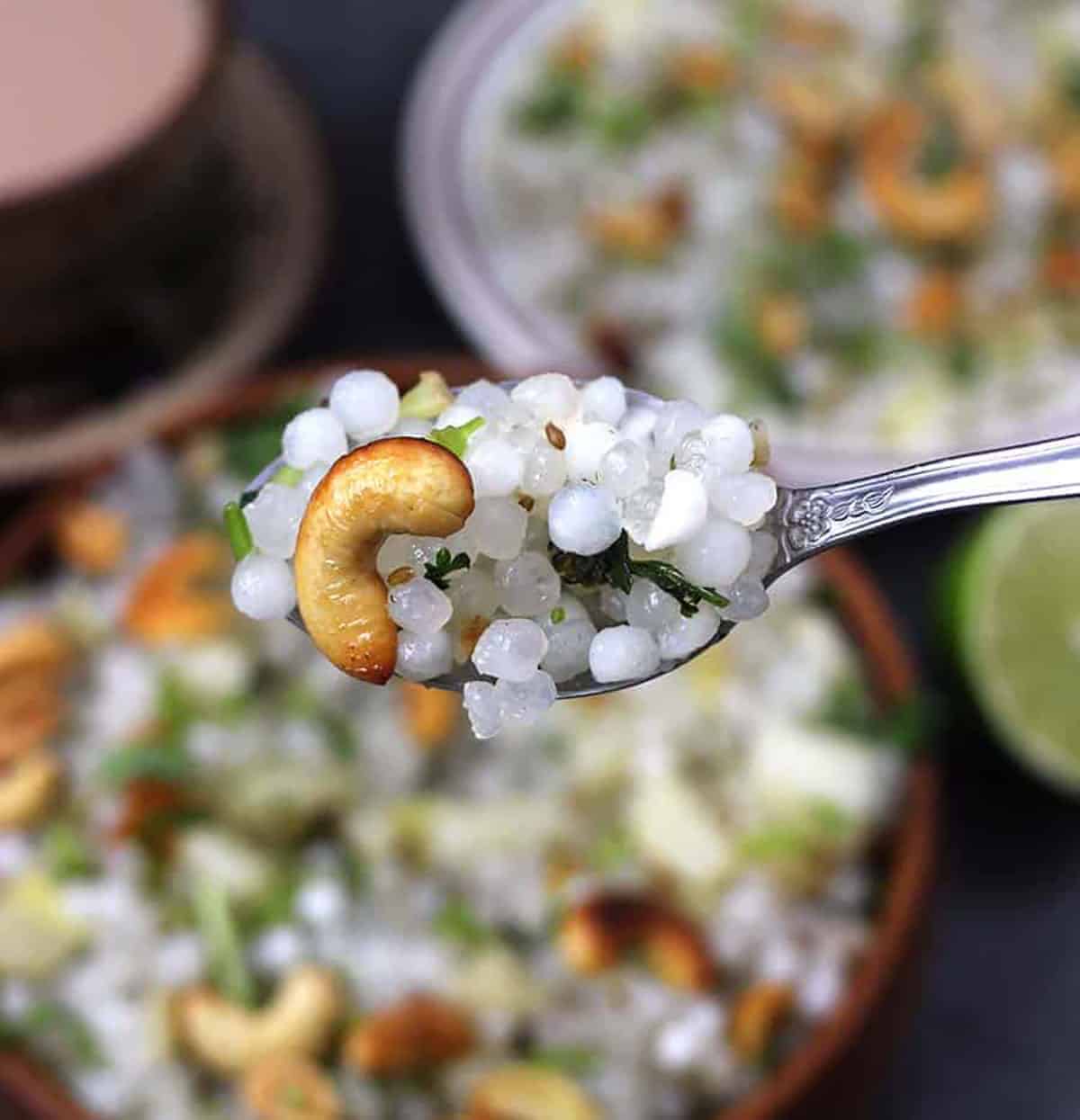
- I prefer cooking sabudana khichdi in a nonstick pan. The entire process will be easier and will not mess up. Do not use a cast iron pan - as the heat will make sabudana stick to the pan.
- Once you add sabudana, sago, or tapioca pearls to the pan, just cook until it becomes translucent. Make sure you don't stir or sauté it often, as this will make it sticky.
- Don't skip adding lemon juice and toss at the end. This will break any bigger lumps. Small lumps will be there because sago or sabudana is full of starch. The smaller lumps will loosen up as the sabudana khichdi cools completely.
- Do not overcook, as khichdi will become dry and dense.
Serving suggestion
Sabudana Khichdi is a very filling dish and can be served on its own for breakfast, as a snack with a cup of tea or coffee, or for vegetarian/vegan lunch or dinner with curd salad or raita.
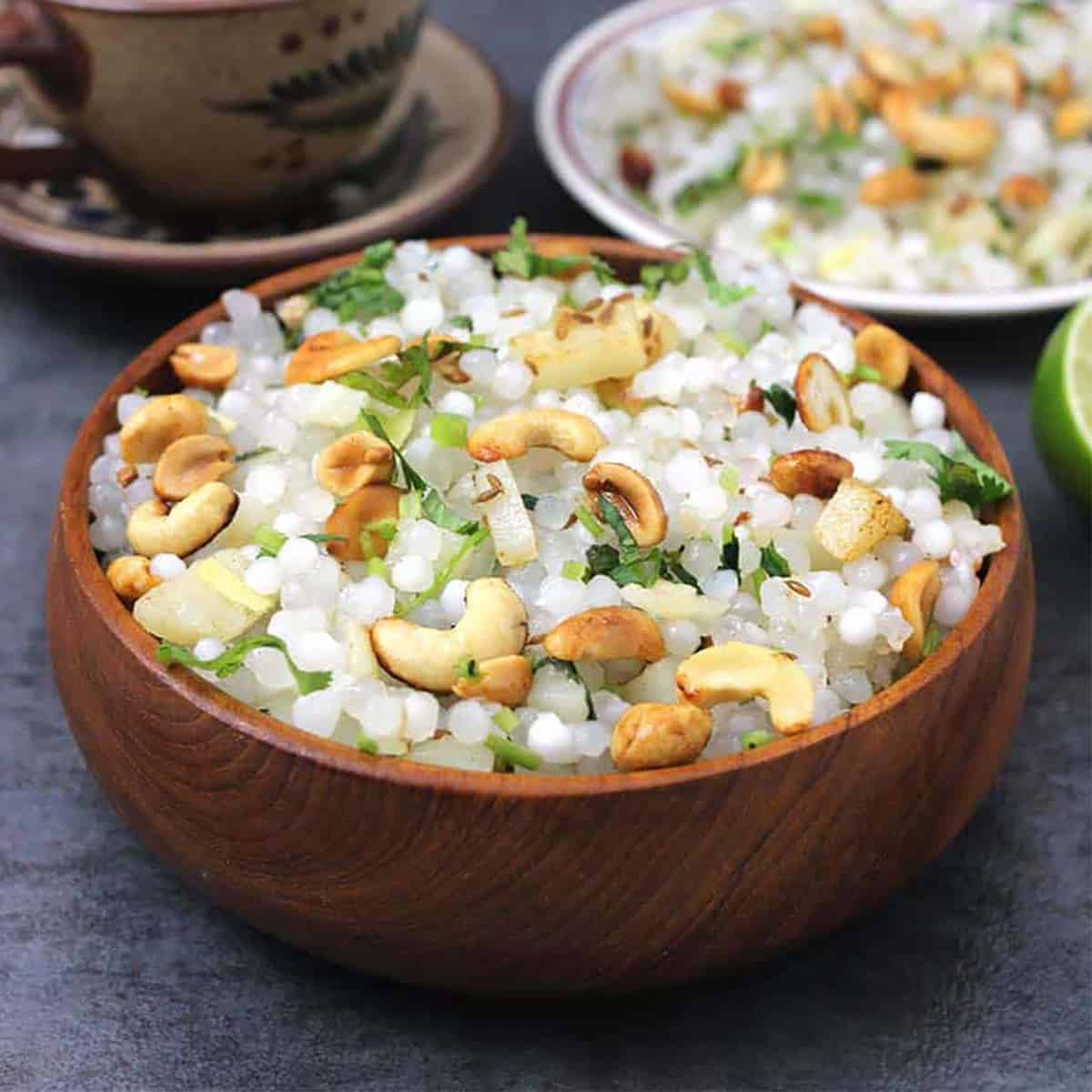
Store and Make ahead instructions
- You can make this khichdi and store it in the refrigerator for 2-3 days.
- Reheat without making mushy: On the stovetop, place a nonstick pan, add the leftover sabudana khichdi, cover with a lid, and heat on low flame, sautéing just once or twice until it is heated through.
- To reheat in a microwave, transfer the khichdi to a microwave-safe bowl and warm for 30 seconds.
Recipe FAQs
Sabudana is called sago or tapioca pearls in English, sabbakki in Kannada, saggubiyyam in Telugu, javvarisi in Tamil.
Sabudana is vegan, gluten-free, and the best alternative to wheat flour or atta.
During the fasting season, the amount of spices and grains you can eat is limited, and most of them are not allowed. Since sabudana khichdi or potato (aloo) khichdi uses fewer spices and keeps you full for a long time, it is prepared mainly during fasting seasons like Navratri, Shivratri, Ekadashi, Sankashti, Ganesh Chaturthi, etc.
Do not soak sago or sabudana or tapioca pearls in water more than required. Following correct soaking instructions is very important to avoid mushy or sticky khichdi.
There is a wide range of sabudana available in the market. Some sabudana is for instant recipe preparation. Some sabudana varieties need 3 to 4 hours of soaking, while regular sabudana or sago can be soaked overnight. I generally prefer to use regular sabudana, which requires overnight soaking.
To know if your sabudana is ready for cooking, do a smash test. Take one or two soaked sabudana and press it between your finger and thumb. It should smash easily.
For some reason, if you forget to soak sabudana but want to use it in a dish, you can still prepare it by soaking it instantly. Wash sabudana with cold tap water till the water runs clear. This removes all the starch, which prevents it from sticking when cooked. Put the washed sabudana in a hot case or hot box along with hot water. Cover with the lid and let it soak for 1 hour. It will double in size by then.
Once you have soaked sabudana overnight and drained any excess water, you can freeze it in an airtight container or Ziploc bag for up to 1 month. Thaw when needed and cook as mentioned in the recipe below.
More Sabudana recipes
Did you like this recipe? Please leave a star ⭐️⭐️⭐️⭐️⭐️ rating below and/or a review in the comments section. You can also stay in touch with us through social media by following us on Pinterest, Facebook, Instagram, and Twitter.
Recipe card
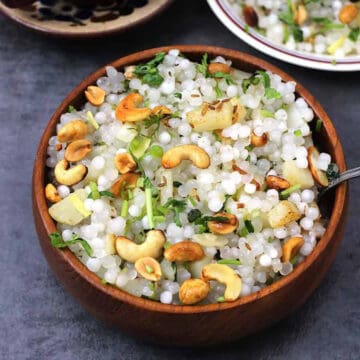
Sabudana Khichdi | Easy Vrat, Fasting Recipe
Equipment
- 1 Non-stick pan to cook khichdi
- 1 Colander or bowl to soak sabudana overnight.
Ingredients
- 1 ½ cup Sabudana or Sago or tapioca Pearls
- 1 ½ cup Water
- 2 tablespoon Ghee or Butter or Oil
- 1 teaspoon Cumin seeds or Jeera
- 2 Potatoes, cut into small cubes
- 2 Curry leaves, sprig
- 1 tablespoon Ginger, grated
- 2 Green chilies chopped, adjust to taste
- 2 to 3 tablespoon Cashews
- 2 tablespoon Peanuts or ground nuts
- 1 to 1 ½ tablespoon Lemon juice
- 3 tablespoon Cilantro or Coriander leaves, finely chopped
- ½ teaspoon Salt or Sendha namak (rock salt), to taste
Instructions
How to soak sabudana?
- Place sabudana or sago in colander. Wash with cold tap water till the water runs clear. This is mainly done to remove all the starch. Removing the starch prevents it from sticking while cooking.1 ½ cup Sabudana or Sago or tapioca Pearls
- Soak the sabudana in water preferably overnight. Do not add too much water while soaking as it will make your dish mushy or clumpy. Use 1:1 ratio of sabudana and water for soaking.1 ½ cup Water
- Once its soaked overnight, to know if your sabudana is ready for cooking, do the smash test. Take one or two soaked sabudana and press it between your forefinger and thumb. It should smash easily.
- If you still feel its harder add few tablespoons or a cup of water and let it continue to soak for some more time.
- Drain off excess water if any using a colander.
How to make fluffy, non-sticky sabudana khichdi
- Heat ghee or oil in a non-stick pan. Add cumin seeds and sauté it for a few seconds. Add curry leaves and saute for 30 seconds. Add the potatoes and cook them for 4 to 5 minutes. Cut the potatoes into small cubes, so they cook faster.2 tablespoon Ghee or Butter or Oil, 1 teaspoon Cumin seeds or Jeera, 2 Potatoes, cut into small cubes, 2 Curry leaves, sprig
- Add ginger, green chile, peanuts, cashew nuts and sauté till it becomes golden brown in color on medium flame. (approx 2 to 3 minutes)1 tablespoon Ginger, grated, 2 Green chilies chopped, adjust to taste, 2 tablespoon Peanuts or ground nuts, 2 to 3 tablespoon Cashews
- Add soaked sabudana, salt, and mix just once. Cover with lid and cook on medium flame for 2 to 3 minutes and then sauté it once. Cover and continue to cook for additional 2 minutes or till it becomes translucent.½ teaspoon Salt or Sendha namak (rock salt), to taste
- Add lemon juice, cilantro. Toss everything once and switch off the flame.1 to 1 ½ tablespoon Lemon juice, 3 tablespoon Cilantro or Coriander leaves, finely chopped
- Cover with the lid for additional 2 minutes before serving. (This is optional)
- Sabudana Khichdi is now ready. Serve and enjoy.
Video
Notes
- You can even boil the potatoes, cut them into cubes, and add them to the recipe.
- Remember not to oversoak or overcook sabudana, as it will make the khichdi mushy and sticky.
- Try to avoid using a cast iron pan. The heat will make sabudana stick to the pan. A nonstick pan works the best.
- Do not skip the lemon juice, as adding it at the end and tossing may break bigger lumps, if any, and balance the flavors. Small lumps in khichdi's are common, as sago means full of starch.
- I have covered all the necessary tips that I have learned to make nonsticky sabudana khichdi. If you are new to cooking or want to avoid mushy sabudana khichdi, please read at least the section on how to cook non-sticky sabudana khichdi in my blog post before trying this recipe.
Nutrition
Note: We originally posted this vrat wale sabudana khichdi recipe in Dec 2020. It has now been modified in Oct 2023 with Expert Chef Tips, FAQs, Storage Instructions, etc.

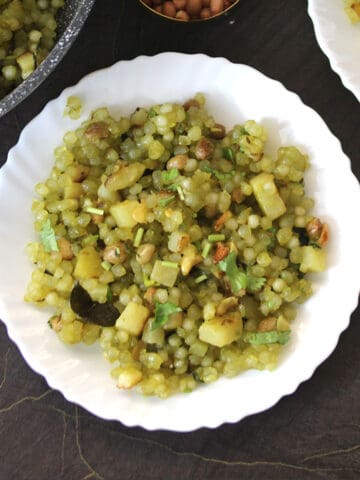
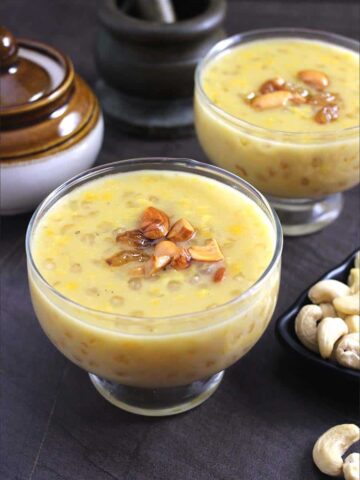
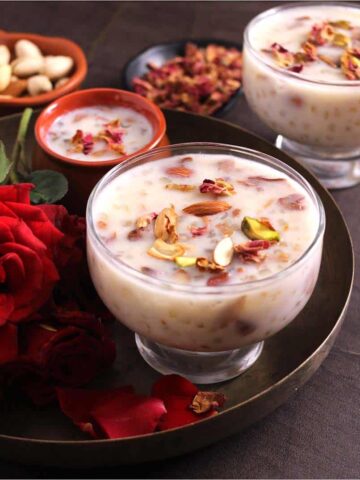
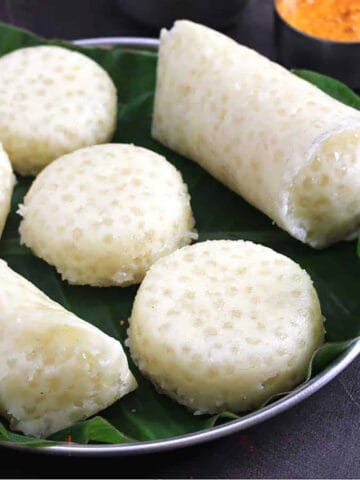
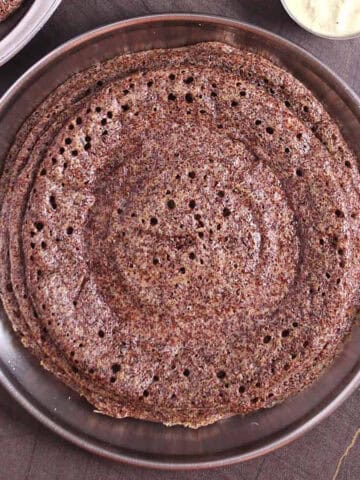
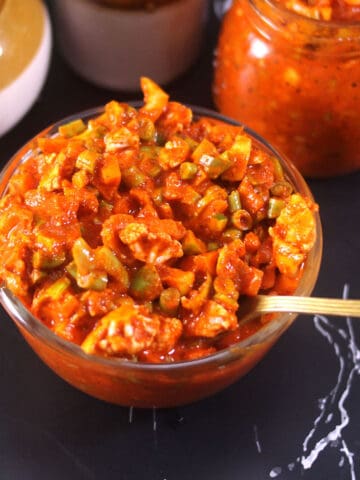
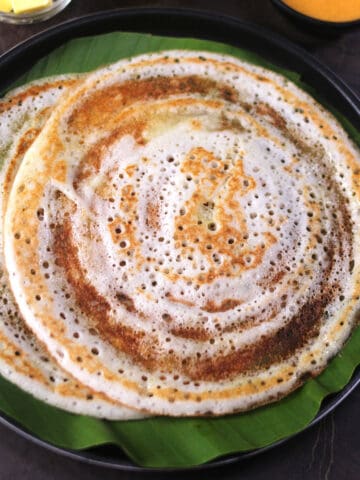
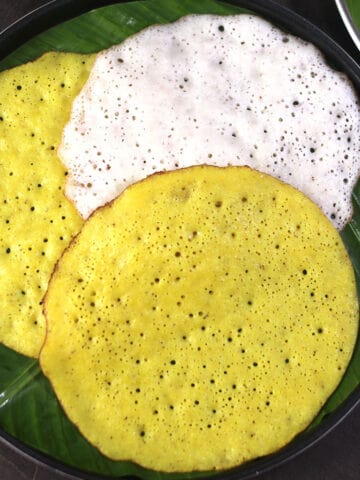
Ieva
Wow, this is like nothing I tasted before! Chewy tapioca pearls worked great with the crunchy nuts on top! This is the most unusual thing I've tasted all year, but I would highly recommend all adventurous foodies make this recipe 🙂
Natalie
Loved this tapioca pearls recipe! Always looking for some diversity in the worlds amazing meals, thanks!
Kate
What a wonderful and totally delicious way to start the day! The tapioca pearls are just so pretty and this is packed with wonderful flavours and textures.
Beth
I've never heard of this dish before but there are so many different textures and flavors involved, I'll definitely give it a go soon.